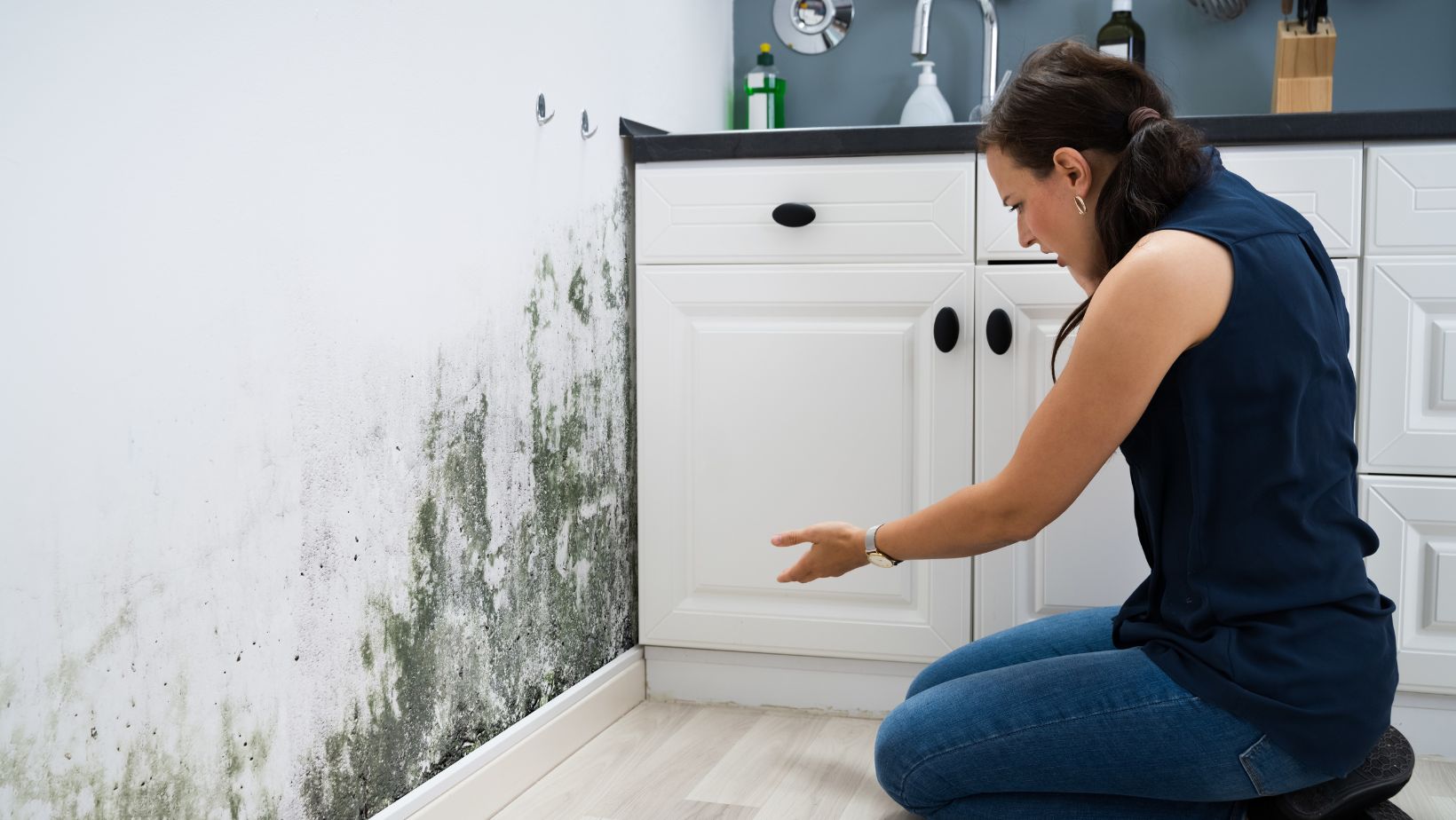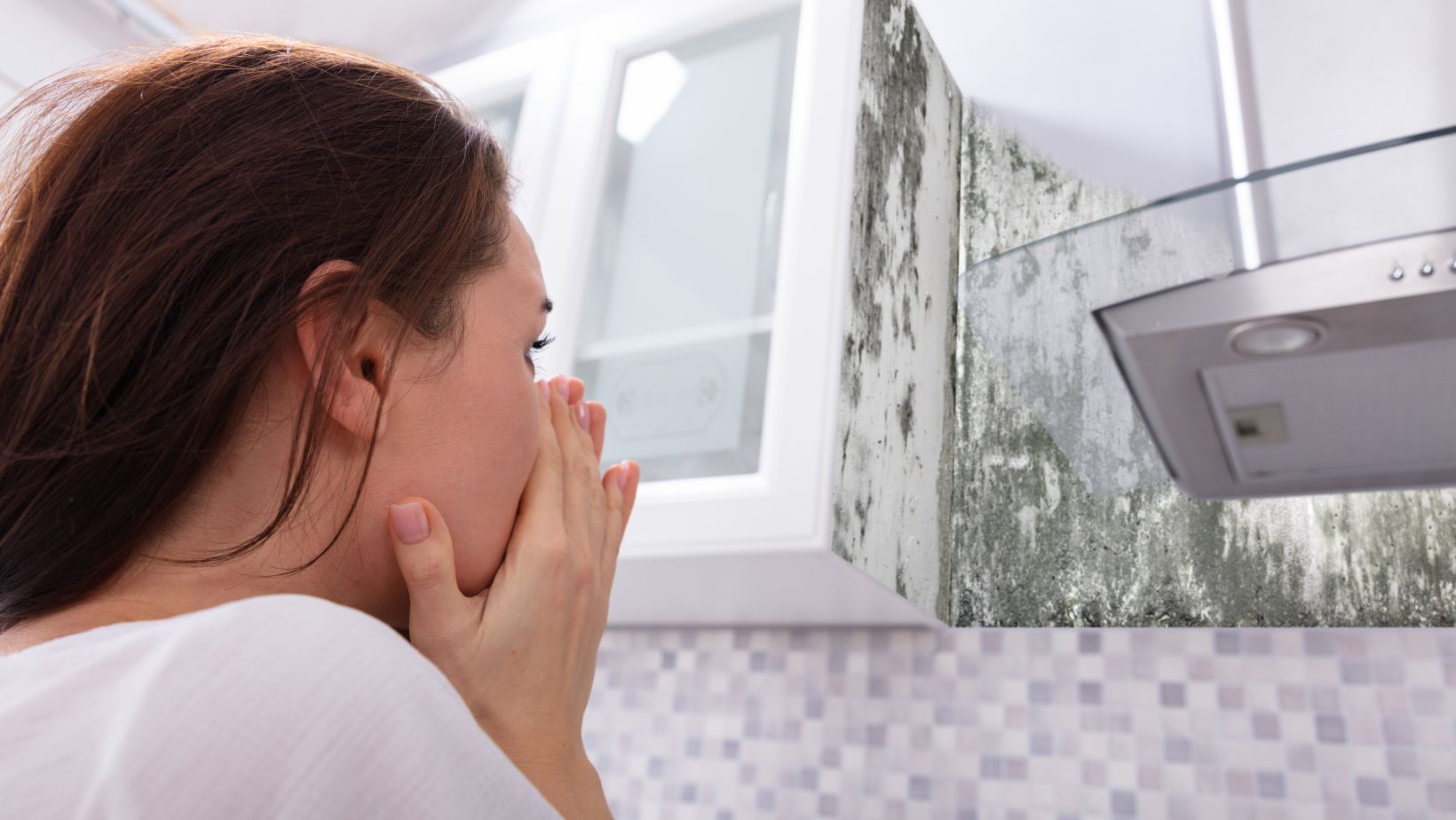
When you think about mold, you might picture damp basements or old, poorly maintained houses. Metal buildings probably don’t come to mind. However, mold can and does grow in metal structures more often than you might expect. In fact, this issue is often overlooked until it becomes a significant problem. Let’s explore why mold is surprisingly common in metal buildings, the factors that contribute to its growth, and what you can do to prevent it.
Understanding Mold: What Is It and Why Does It Matter?
Mold is a type of fungus that thrives in moist environments. It can appear as black, green, or white spots and often has a musty odor. While mold is naturally occurring and plays a vital role in breaking down organic materials, it’s not something you want inside your building. Mold spores can cause health issues, particularly for those with allergies, asthma, or weakened immune systems. Symptoms might include coughing, sneezing, skin irritation, and even more severe respiratory problems.
Beyond health concerns, mold can also damage the structural integrity of your building. It can eat away at materials, leading to costly repairs. In metal buildings, mold might seem less of a threat since metal isn’t organic, but the reality is that mold can still find ways to thrive in these environments. This is why more property owners are investing in BlueTex Insulation, as it can combat mold growth.
Common Misconceptions About Mold in Metal Buildings
One of the biggest misconceptions is that metal buildings are immune to mold. Many people believe that because metal isn’t porous like wood, it’s not susceptible to mold. However, mold doesn’t need to grow on the metal itself; it just needs a damp environment to thrive.
Another common myth is that only older buildings are at risk of mold. While it’s true that older structures might have more issues with leaks or poor insulation, newer metal buildings can also develop mold if moisture control isn’t properly managed.
Finally, there’s a belief that buildings in dry climates are safe from mold. While a dry environment does reduce the risk, it doesn’t eliminate it. Even in arid regions, condensation and water leaks can create pockets of moisture where mold can grow.
Key Factors Contributing to Mold Growth in Metal Buildings
So, what makes metal buildings susceptible to mold? Several factors play a role:
Condensation Issues: Metal buildings are particularly prone to condensation, especially if there’s a significant temperature difference between the inside and outside. When warm air inside the building meets the cool metal surfaces, moisture condenses, creating the perfect breeding ground for mold.

Poor Ventilation: Adequate ventilation is crucial in preventing mold. In metal buildings, poor ventilation can trap moisture inside, allowing mold to flourish. Without proper airflow, the humidity levels can rise, leading to condensation and mold growth.
Insulation Problems: Insufficient or improperly installed insulation can exacerbate moisture problems. Insulation that doesn’t create a proper barrier can allow moisture to seep in, leading to mold growth behind walls or in hidden areas.
Leaks and Water Intrusion: Even small leaks can lead to significant mold issues over time. Water intrusion from roof leaks, plumbing issues, or gaps in the building’s exterior can introduce moisture that lingers, eventually leading to mold.
How to Prevent Mold in Metal Buildings
Preventing mold in metal buildings requires proactive measures:
Regular Inspections: Make it a habit to inspect your building regularly. Look for signs of moisture, condensation, and leaks, particularly after heavy rain or extreme temperature changes.
Proper Ventilation: Ensure your building has adequate ventilation. This might mean installing additional vents, using fans, or even investing in a dehumidification system to keep humidity levels in check.
Effective Insulation: Choose insulation that is specifically designed for metal buildings and install it correctly. This will help reduce the risk of condensation and keep moisture out.
Moisture Control: Controlling moisture is key. Consider using moisture barriers, sealants, and regular maintenance checks to prevent water from entering your building. Address any leaks immediately to prevent mold from taking hold.
Is It Ever Too Late for Insulation?
Most people assume that you must have insulation installed when you first build your metal building. However, you should know that this is a myth. There’s no time limit on when you can insulate your property. Indeed, you can do this several years later with a metal building. You just have to be prepared to invest in quality materials and deal with the installation.
So, are there any real benefits to installing insulation later on? The answer is yes. Let’s examine what they are so you can make an informed decision.
Control the Temperature
One downside to metal buildings is the changing temperatures. For example, winter can be unpleasant, with very low temperatures indoors and being able to see your own breath. In contrast, summer can be very hot and so uncomfortable that you can’t do any work. It’s like you’re dependent on heating and cooling systems to provide any relief.

Thankfully, there’s a way around this scenario. You can help to control the temperature indoors when you have insulation. The materials that are used can help to reflect heat for coolness and keep it warm, depending on the season. This creates a much more comfortable environment.
Lower Energy Bills
Do you know how much you’re spending on heating and cooling bills? This can be a lot more than you think when you have a metal building. This is particularly true with the rising energy bills with no reduction in sight.
Well, a good way to lower your energy bills is by insulating your metal building. With better temperature regulation, you don’t have to use so much of your heating during the winter and cooling during the summer. Therefore, this is an investment that pays off and that you will see returned to you.
Protect the Metal
Metal buildings are fantastic for strength and longevity. However, this doesn’t mean that you should neglect your building and not take steps to protect it. In particular, you want to ensure that metal isn’t always exposed to condensation. This moisture can corrode metal over time, which can weaken its structure. Thankfully, insulation is a way to change that. Since it helps with temperature control, this reduces moisture.
Conclusion
Mold in metal buildings is a hidden danger that can lead to serious health issues and expensive repairs if not properly managed. By understanding the factors that contribute to mold growth and taking proactive steps to prevent it, you can protect your building and everyone who uses it. Regular inspections, proper ventilation, and moisture control are your best defenses against mold. Don’t wait until you smell that tell-tale musty odor—start safeguarding your metal building today.





